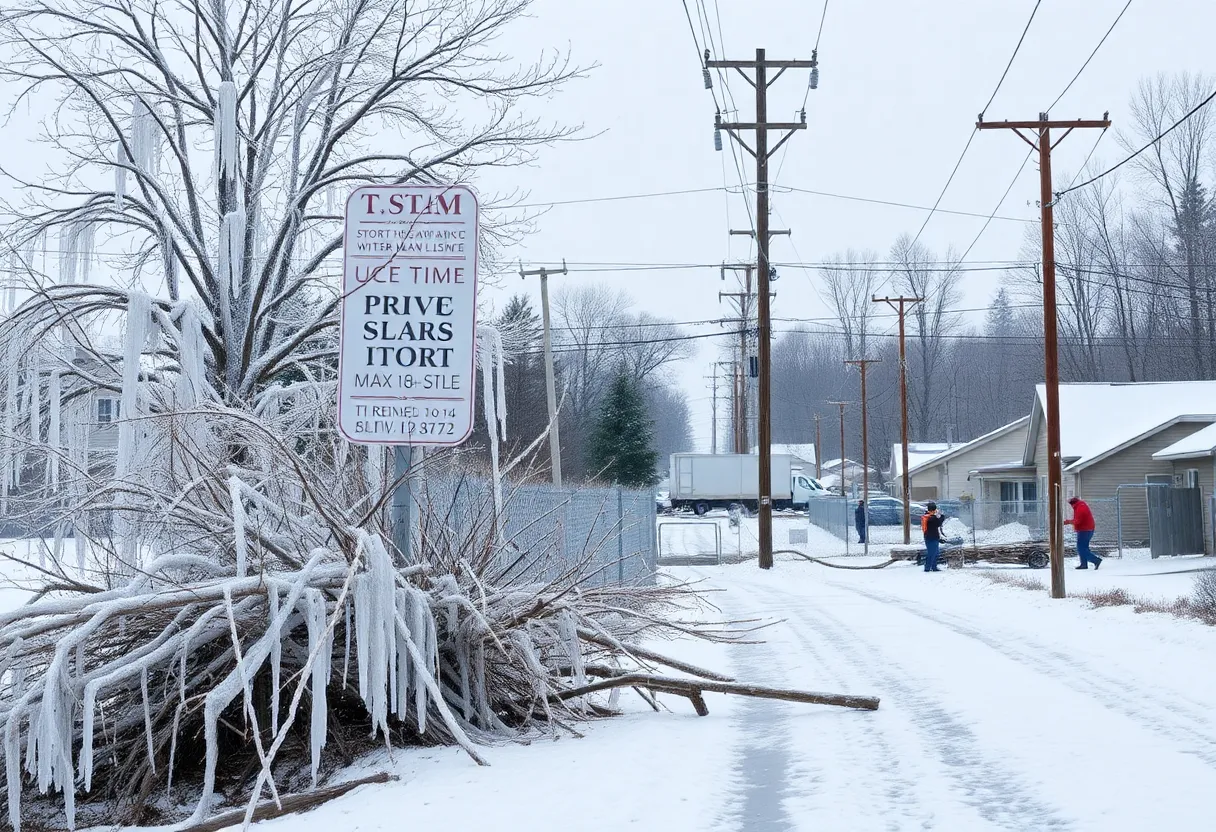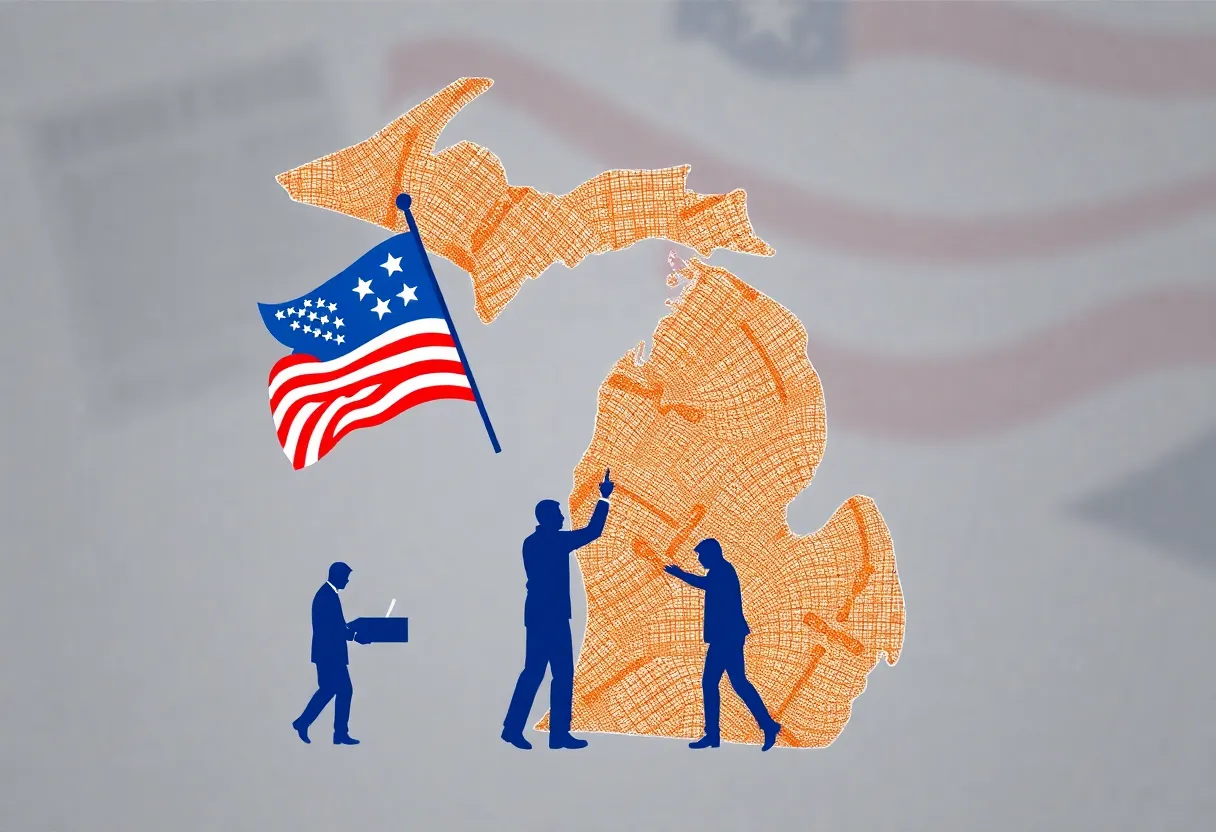News Summary
As generative AI transforms the marketing sector, concerns arise about job displacement. However, new opportunities are also emerging, with estimates suggesting a net increase in jobs. This article explores how generative AI affects marketing roles, the challenges of retraining workers, and strategies for coping with changes in the workforce.
The Evolving Landscape of Marketing Jobs in the Age of Generative AI
As we plunge deeper into the digital age, a wave of change is sweeping over the marketing landscape, thanks to the rise of generative AI. While many are worried about the potential job losses, there’s also a silver lining of new opportunities waiting just around the corner. The conversation today revolves around how this technology is reshaping marketing jobs and what it means for workers.
Job Displacement vs. New Opportunities
It’s no secret that generative AI has the potential to automate many tasks traditionally handled by humans, particularly in areas like copywriting, graphic design, and coding. According to estimates, nearly two-thirds of current jobs are at risk of some level of automation. In fact, generative AI alone could take over approximately 25% of current job roles, which raises some serious concerns about job displacement.
The World Economic Forum predicts that a staggering 92 million jobs will be lost within the next five years, but here’s the twist: the same forecasting calls for the creation of 170 million new jobs. This results in a net increase of 78 million jobs, emphasizing the necessity for a middle ground where displaced workers can be retrained for new roles. It’s clear that while the landscape is changing fast, the workforce can adapt if given the right support.
The Impact on Marketing Roles
Within the marketing sector, roles are already feeling the impact of generative AI. Junior copywriters, for example, are noticing fewer opportunities as AI tools effectively churn out marketing copy in a fraction of the time it would take a human. Designers also mention that while generative AI is accelerating tasks like upscaling images or adjusting elements, it still struggles to generate original images that align with specific brand guidelines.
Interestingly, while some organizations have been slow to embrace generative AI, that attitude is changing as secure implementations of these tools come to fruition. As marketing teams begin utilizing generative AI, there lies the possibility of shifting from routine tasks to focusing on high-return opportunities – essentially, re-aligning their efforts toward projects that will drive more impact for their brands.
Challenges on the Horizon
Transitioning to this new AI-driven landscape isn’t without its challenges. Companies are grappling with the need to retrain formerly clerical roles into positions such as software developers, farmworkers, and even trades roles. Without a solid plan for retraining, organizations may face instability during transitions, especially if they move towards leaner teams.
Moreover, the pressure of current economic uncertainties can complicate this already intricate equation. More than half of marketers report facing obstacles while navigating the job landscape, and almost 70% are concerned about saving on wages as a reason for not replacing senior talent. The reality is that as generative AI takes over specific roles, it also raises the question of how to maintain a talented pipeline. Without junior roles, companies risk jeopardizing their future leadership development.
Coping Strategies for Marketing Teams
To mitigate gaps in the workforce caused by generative AI, companies might increase cross-training among existing employees. This way, they can prepare teams to fill in when gaps appear. On the other hand, outsourcing various marketing tasks may become more appealing for organizations facing management challenges amid staffing changes. The goal here is to ensure that businesses remain agile while tackling the unpredictable shifts in the job market.
The Road Ahead
Overall, generative AI is both a challenge and an opportunity for the marketing field. With the potential to save considerable time and resources, brands could redirect their energies into higher-impact work, ultimately creating a more adaptive and forward-thinking environment. So while the fears of job losses are legitimate, let’s remember to keep an eye on the positives and the possible growth this technology could spark in a changing job landscape.
Deeper Dive: News & Info About This Topic
HERE Resources
Embracing the Future: Top Tools for Social Media Management in 2025
Marketers Embrace Influencer Partnerships: A Shift Towards 2025
Nvidia’s AI Innovations Transform Advertising Landscape
Philips and Ibex Partner to Innovate Cancer Diagnosis
Willis Unveils AdWrap: A Game-Changer in Production Insurance
H&M Steps into the Future with Digital Twins of Models
Digital Silk Helps California Businesses Shine with Smart Branding Strategies
Novi Home & Garden Show 2025 Returns with Exciting Features
Generative AI Steals the Show at Cannes Lions
Unilever Innovates Marketing with Nvidia’s Omniverse
Additional Resources
- CMSWire: AI’s Impact on Digital Marketing Jobs
- Adweek: Marketers Believe AI Will Eliminate Jobs
- Marketing Brew: AI is Changing Marketing Jobs
- Forrester: Will AI Take Your B2B Marketing Job?
- Wikipedia: Generative AI








